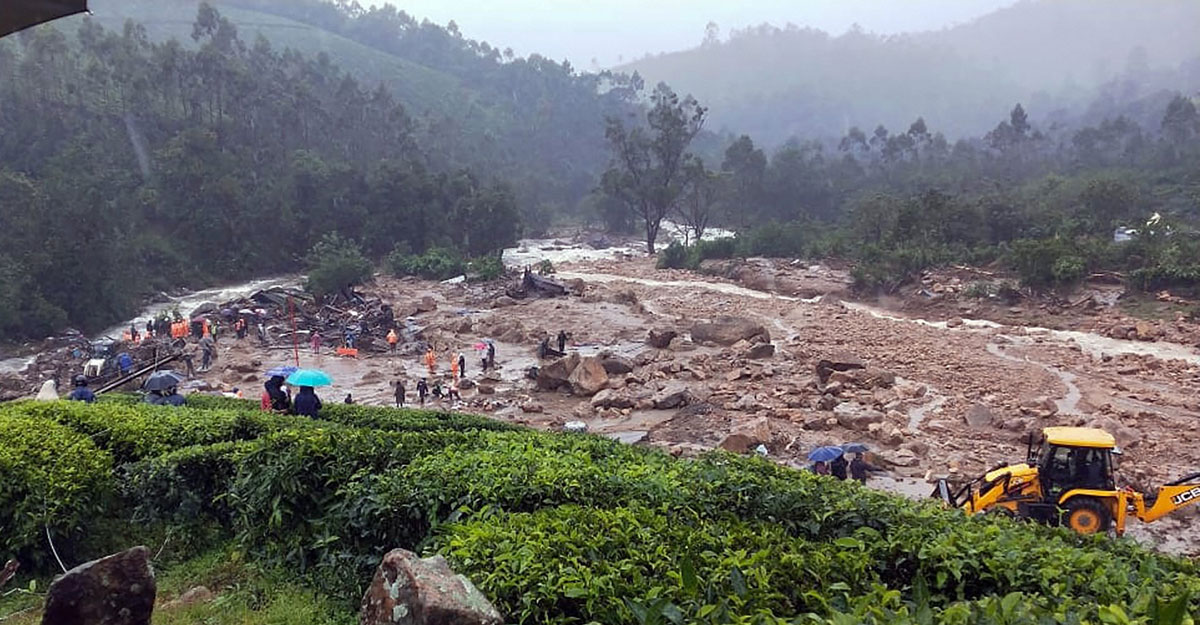
Pettimudi is not landslide-prone; so what caused the Munnar disaster?
Pettimudi, at Rajamalai in Munnar, has never reported a landslide in recorded history and neither have experts considered it a zone prone to it.

Pettimudi, at Rajamalai in Munnar, has never reported a landslide in recorded history and neither have experts considered it a zone prone to it.
The region, close to the Eravikulam National Park in Idukki district, falls in a protected forest division and is not open to tourists. Activities like rock mining are also prohibited.
So, then, what explains the disaster that struck the area last Friday, trapping over 80 people, of whom 49 have been found dead at last count?
There is only one answer, say officials — the very heavy rains Pettimudi received over a week between August 1 and the fateful day on August 7.
The automated weather station (AWS) of the forest department and the rain gauges installed by Kannan Devan Hills Plantations (KDHP) recorded an unusual amount of rainfall during those days.
The AWS of the forest department recorded 995 mm of rain in Rajamalai from August 1 to August 6.
According to sources, the rains were so heavy that the AWS became dysfunctional.
Meanwhile, the rain gauges of KDHP showed 61.64 cm of rainfall on August 6, the highest in a day in 40 years.
“This rain was much heavier than what we received in 2018, when the whole of Kerala was hit by floods,” said Sojan, a teacher at Fatima Mata School at Chinnakkanal.
The tea plantations in Rajamalai began in 1910. Many of the line houses occupied by the plantation workers are about a century old.
In fact, one of the rows of houses that were destroyed in the landslide was 100 years old and three other rows were rebuilt in 1981.
Related News: Kerala landslide: Death toll rises to 43, CM announces ₹5 lakh solatium
The deplorable conditions of these houses heighten the tragedies during monsoon at the tea plantations in Kerala’s high ranges.
The 60 families of plantation workers that escaped the August 7 disaster at Pettimudi have been shifted to adjacent estates, the KDHP said.
Two companies of the National Disaster Response Force (NDRF), fire brigade and police personnel, along with local volunteers, continue the search operations for people still missing after the landslide.
The bodies of 49 people were retrieved till Monday afternoon; 21 people are still missing. The locals had rescued 12 people on August 7.
The health department said it has made arrangements for DNA test if required to identify any recovered body.
The hilly terrain of Munnar has made the rescue operations difficult. The only one road connecting Pettimudi to the world outside was damaged due to rains, affecting the movement of vehicles.
Kerala Minister for Electricity M.M. Mani, representing the Udumbamchola constituency in Idukki, is camping at the place to monitor the rescue and relief operations.

